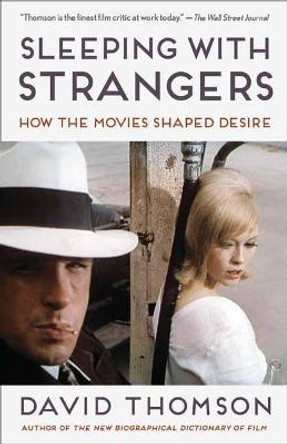The Big Sleep: Marlowe and Vivian practising kissing; General Sternwood shivering in a hothouse full of orchids; a screenplay, co-written by Faulkner, famously mysterious and difficult to solve. Released in 1946, Howard Hawks' adaptation of Raymond Chandler reunited Bogart and Bacall and gave them two of their most famous roles. The mercurial but ever-manipulative Hawks dredged humour and happiness out of film noir. 'Give him a story about more murders than anyone can keep up with, or explain,' David Thomson writes in his compelling study of the film, 'and somehow he made a paradise.' When it was first shown to a military audience
The Big Sleep was coldly received. So, as Thomson reveals, Hawks shot extra scenes, 'fun' scenes, to replace one in which the film's murders had been explained, and in so doing left the plot unresolved. Thomson argues that, if this was accidental, it also signalled a change in the nature of Hollywood cinema: '
The Big Sleep inaugurates a post-modern, camp, satirical view of movies being about other movies that extends to the New Wave and
Pulp Fiction.'
A study of Howard Hawks' mystifying 1946 noir classic The Big Sleep in the BFI Film Classics series.About the AuthorDavid Thomson is a film critic and historian based in the United States. He is the author of books including
The New Biographical Dictionary of Film (6th edition, 2014), and a regular contributor to
The New York Times,
The New Republic, Movieline, Film Comment and
Salon. Book InformationISBN 9781839021596
Author David ThomsonFormat Paperback
Page Count 80
Imprint BFI PublishingPublisher Bloomsbury Publishing PLC
Series BFI Film ClassicsWeight(grams) 132g










